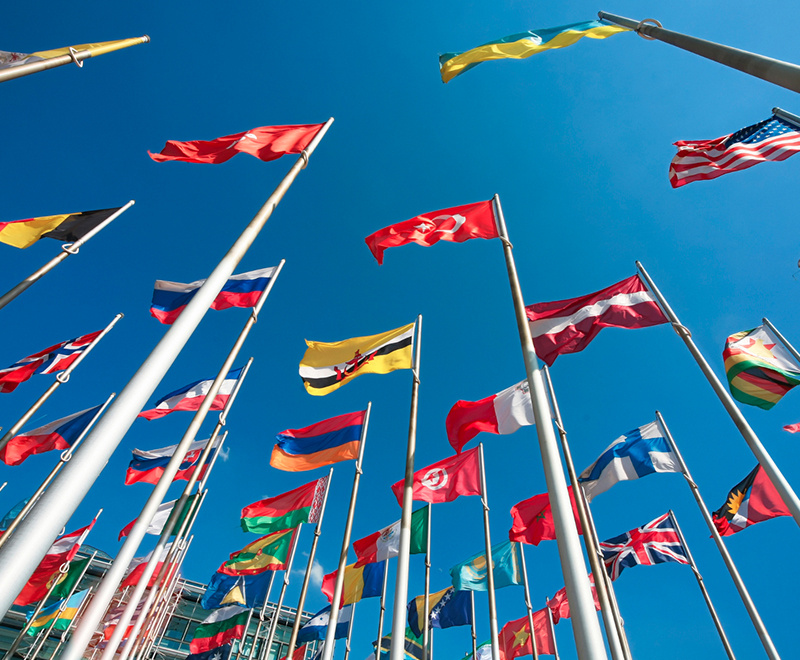An efficient, drama-free reshuffle and a successful slate in the Labour NEC elections – Corbyn and his team have taken yet another step in solidifying their hold of the internal structures of the Labour party – and all without a hiccup (so far). Peter Turay gives his take on Corbyn’s progress and what it could mean for the future of the Labour Party.
This week Labour’s National Executive Committee (NEC), the Party’s internal governing body consisting of Trade Unions, MPs and regional party representatives, revealed the results of key membership ballots. The result was a landslide for Momentum. The successful pro-Corbyn slate – consisting of Yasmine Dar, Rachel Garnham and most notably the founder of Momentum himself, Jon Lansman – were sworn in on a swathe of grassroots support, marking a clear shift in the power held within Labour’s most influential ruling body.
The alternative candidates, mostly made up of Progress-backed party members, such as the comedian and campaigner Eddie Izzard, failed to even come close. In fact, the gap is widening. In 2016, the gap between Momentum-backed candidates and those on the Centre-left was roughly 10% – this week’s election results were upwards of 40% in favour of Momentum.
Prior to the election the political composition of the committee was in the balance, with the left of the Party having a slight advantage due to Kezia Dugdale’s shock resignation and subsequent, albeit very short, escapade on ITV’s I’m a Celebrity…Get Me Out of Here. Since the NEC election earlier in the week they’ve looked to further entrench their control. This will have significant and immediate consequences.
On Tuesday, the NEC voted to replace the party’s longstanding chair of the Disputes Sub-Committee, Ann Black, who leads on investigations into sexist, racist, homophobic, and anti-Semitic abuse among other disciplinary cases, and replace her with the veteran left winger Christine Shawcroft – who was previously suspended in 2015 for backing the disgraced Tower Hamlets Mayor, Lutfur Rahman. Those on the left of the party had held Black responsible for her actions during Labour’s leadership election in 2016 when she choose to retrospectively freeze the date which allowed members to vote in the leadership contest – which many saw as a move to deliberately disenfranchise incoming support for Corbyn.
Many have similarly claimed that the Party’s internal structures, such as the NEC, Conference Arrangements Committee and even Labour HQ itself, have been unfairly skewed in favour of the right in the past decades – blaming them for hindering grassroots members in their attempts to influence party policy. The recent general election result, and now the NEC success, is seen by many on the left as a momentous turning point in correcting this so-called bias, and could be just the beginning for the Corbyn revolution.
Revising long-standing policies, such as reducing the nomination threshold for leadership candidates, re-examining candidate deselections and the long-term aim of wrestling more control from Labour MPs and redistributing it to members are now more achievable. Subsequently, Labour’s centrist MPs have begun murmuring about a new party again, with some even briefing to The Times that they would quit and sit as independents if they are faced with deselection. Finally, Corbyn has effectively won control of the party, and can now focus on showcasing what he sees as his ‘government in waiting’.
During the ongoing furore surrounding the internal conflicts of the Labour Party, many important changes have seemingly gone unnoticed. Corbyn’s Shadow Cabinet reshuffle last week highlighted his own political makeover from backbench rebel to potential Prime Minister. After a week of using Theresa May’s turbulent Cabinet reshuffle as political ammo, Corbyn snuck out his equivalent changes at the end of the news cycle on Friday evening. An astute move for a man who was ridiculed in the past for his lack of political know-how.
The majority of the newly promoted were Corbynites – people who he knows he can rely on to support him in the coming months, and potentially years, ahead of the next General Election. Laura Pidcock, seen by many as a contender to be the eventual successor to the Corbyn legacy, but more famously known for refusing to be friends with Tories, was promoted to Shadow Minister for Labour. Clive Lewis – who is well liked among the Labour frontbench – was appointed as a Shadow Minister for the Treasury.
Outside of his MPs, Corbyn has also made shrewd appointments to his own inner-circle. His de-facto Chief of Staff, Karie Murphy, has brought much-needed structure and effectiveness to his office – most notably during the General Election campaign last year, and has even persuaded him into wearing a well fitted suit and tie, much to the delight of GQ readers. Meanwhile, the controversial Seamus Milne has worked tirelessly to transform his leader’s perception among the public, his own MPs and somewhat unsuccessfully, with the mainstream media.
With this improved discipline the party has built the confidence to re-engage business. During Party Conference season Corbyn courted some of the UK’s biggest companies at events in Brighton and stated during his keynote speech that a Labour Government would invest in infrastructure, transport, the digital economy and upskilling the UK workforce. Most recently, his Shadow Chancellor John McDonnell has even announced that he will be joining the Davos elite at the World Economic Forum in Switzerland later this year.
Whether all of this will be enough to bring Corbyn into power is unclear – we’ve seen expectations for the Opposition rise and fall in recent years. The only certainty is that a long-term Corbyn-led, or at least inspired, Labour Party is not going away. He is no longer the part-time squatter holding the parliamentary party to ransom – his political vision has become entrenched within his own team, the majority of party members and now, the party’s most influential internal body. Business will need to see him as here to stay, and ensure their messaging plays to his key philosophy – “for the many, not the few”.




